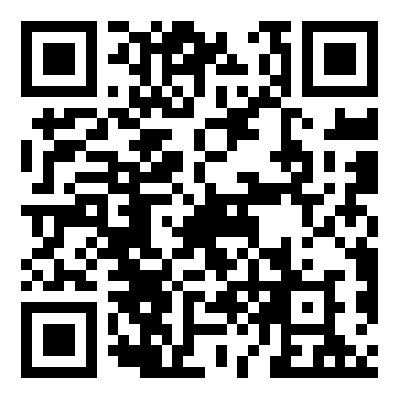On the Evils of Torture and Its Permissibility: A Discussion Centered on Kramer's View of Torture
ZHANG Zhucheng
Abstract: In the legal and philosophical study of torture, two major problems arise: Why is torture evil (Problem 1)? And is there a form of permissible torture (Problem 2)? The key issue in Problem 1 is demonstrating the uniqueness of the evils of torture, while Problem 2 aims to find a suitable theory to balance the “intuitive rejection” and “intuition of exceptional cases” in the ticking bomb scenario. Existing mainstream approaches have generally failed to resolve these issues. However, Matthew Kramer’s view of torture addresses both aspects of these problems. For Problem 1, Kramer adopts a perpetrator-centered viewpoint, arguing that torture undermines the moral integrity of the perpetrator. Regarding Problem 2, he suggests that the situation we face is a moral conflict in which the use of torture is morally wrong but might be the best action in a given context, granting it a weaker form of permissibility. However, in terms of the evils of torture, Kramer fails to explain its uniqueness. His theory cannot apply to all types of torture, and his perpetrator-centered argument contains logical flaws. Regarding the permissibility of torture, while Kramer’s overall approach is correct, he does not provide a reasonable explanation of the moral obligation to “forbid torture” or the prima facie surrounding it. A correct view of torture should adhere to an inmate-centered viewpoint, understanding the evils of torture in an additive manner in Problem 1, and acknowledging the existence of moral conflict in Problem 2. It should not only demonstrate that, in some situations, the use of torture may be the morally best option, but also show that the moral obligation to prohibit torture is simply outweighed under these circumstances.
Keywords: torture · inquisition by torture · Matthew Kramer · evil of torture · permissibility of torture


